 Generalities
Generalities Generalities
GeneralitiesWhat if, instead of using 4 pieces of string, you tied one unit of a square knot all with one piece of string? You get the creeper knot.
Front and back symmetric like most core Chinese knots, and more or less left/right symmetric, there's no rotational symmetry to the creeper knot. Also, it is an inline knot which sort of limits it's compound knot design possibilities. It's classical use is as a decorative binding for a gift wrapped cylindrical object. You could expand the knot by square knotting a longer segment over the centre loop or doing any macramé tricks that don't involve using the carrier threads much. Ashley describes just such an extension that he found in a Japanese knot book. #2468 is the caterpillar knot.
As of yet unseen in the Japanese realm, it may yet turn up in a furoshiki or tsusumi (gift wrapping) situation.
In Chinese Knotting 2 Lydia Chen translates 攀緣結 (pān yuán jié) as the Creeper Knot noting that it evokes climbing vines. Machine translating from the Chinese, gives "climb" or "clamber". Fair enough.
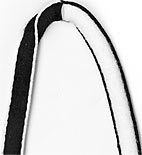 setup step:
setup step: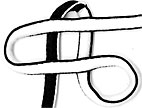 step 1:
step 1: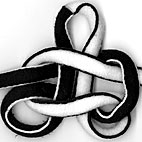
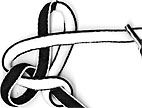
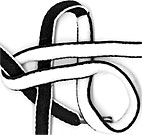
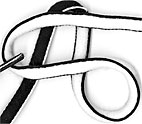 step 2:
step 2: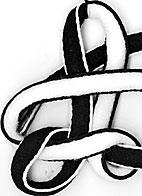
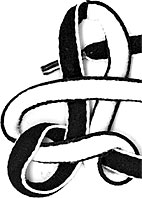 go under the top of the middle loop (++)
go under the top of the middle loop (++)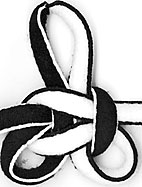 Finished Creeper Knot:
Finished Creeper Knot:
Creation Date: Wed Jun 2 15:27:32 PDT 2010
Last Modified: Tuesday, 15-Jun-2010 01:11:01 UTC
Page accessed at local time: Saturday, 27-Jul-2024 06:37:20 UTC